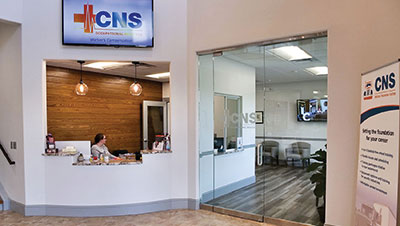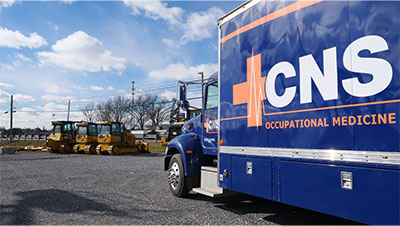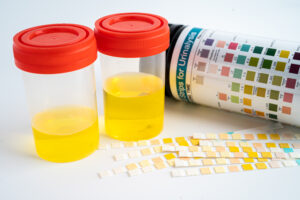June 23, 2020: silica respiratory testing became twice as strict with workers exposed at or above 25 micrograms for 30 or more days a year.
Worker’s exposed may not experience symptoms for 15-20 years but a chest x-ray can determine if there is lung damage.
According to the Occupational Safety and Health Administration (OSHA), more than 2.3 million U.S. workers are currently exposed to crystalline silica.
High levels of silica exposure can be found in:
- cement/brick manufacturing
- repair/replacement brick furnace lining
- drilling, molding, sawing
- removing paint
- demolition
- abrasive blasting
- jack hammering
- and more
In hopes to prevent lung cancer, silicosis, chronic obstructive pulmonary disease, and kidney disease, OSHA finalized a rule in 2017 to limit worker exposure to respirable crystalline silica in high risk construction and maritime industries.
Although crystalline silica dust particles are about 100 times smaller than a grain of sand, the safety risk is dangerous if exposed to high levels.
Worker’s exposed may not experience symptoms for 15-20 years but a chest x-ray can determine if there is lung damage.
Without assessing the severity of damage, the disease could eventually cause extreme shortness of breath, chronic fatigue, chest pain, or respiratory failure.
Regulatory timeline of OSHA’s silica respiratory testing requirements
Since 2016, OSHA has been creating new “respirable crystalline silica” standards, which is to be fully implemented by mid-2021 to protect workers.
- Sept. 23, 2017: the construction industry saw OSHA’s crystalline silica rule go into effect with permissible exposure limit for crystalline silica at 50 micrograms per cubic meter of air over 8 hours.
- June 23, 2018: maritime and general industries, including hydraulic fracturing, went into effect.
- June 23, 2020: “medical surveillance” or silica respiratory testing became twice as strict with workers exposed to the “action level” at or above 25 micrograms for 30 or more days a year (previously, medical surveillance was enforced at the “permissible exposure limit,” at or above 50 micrograms).
- June 23, 2021: Obligations for engineering controls goes into effect as employers will put into place work practices to reduce and maintain employee exposure to respirable crystalline silica to or below limits
This does not apply where the employer has objective data demonstrating that employee exposure to respirable crystalline silica will remain below 25 micrograms per cubic meter of air (25 μg/m3) as an 8-hour time-weighted average (TWA) under any foreseeable conditions.
Recordkeeping Requirements
There are three areas of recordkeeping required by companies with workers exposed to high levels of respirable crystalline silica.
Air Monitoring Data:
The employer is required to maintain records of all exposure measurements taken to assess employee exposure to respirable crystalline silica.
This record shall include at least the following information:
- date of measurement for each sample taken
- task monitored
- sampling and analytical methods used
- number, duration, and results of samples taken
- identity of the laboratory that performed the analysis
- type of personal protective equipment, such as respirators, worn by the employees monitored
- name, social security number, and job classification of all employees represented by the monitoring, indicating which employees were monitored
Objective Data:
- crystalline silica-containing material in question
- source of the objective data
- testing protocol and results of testing
- description of the process, task, or activity on which the objective data were based
- other data relevant to the process, task, activity, material, or exposures on which the objective data were based
Medical Surveillance:
The employer is required to maintain records for each employee covered by medical surveillance with the following information:
- name and social security number
- a copy of the PLHCPs’ and specialists’ written medical opinions
- a copy of the information provided to the PLHCPs and specialists
Staying in compliance with silica testing OSHA rules
To ensure employers stay compliant with the stricter OSHA rules, CNS Occupational Medicine team provides comprehensive silica testing program that includes:
- silica medical history and respirator questionnaire
- physical exam with emphasis on the respiratory system
- chest X-ray, with “B” reader TB skin test
- respiratory fit test
- Pulmonary Function Test (PFT) administered by a spirometry technician
- testing for tuberculosis (TB)
Stop waiting at hospitals or urgent care clinics. Our knowledgeable examiners are focused on best-in-class customer service when it comes to treating workers and employers to create long term health and wellness.
For more information, contact us at 800.551.9816 or info@cnsoccmed.com.










